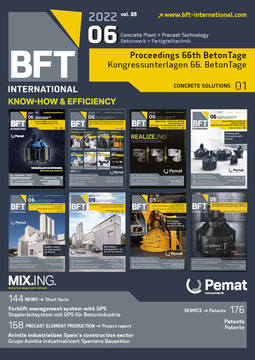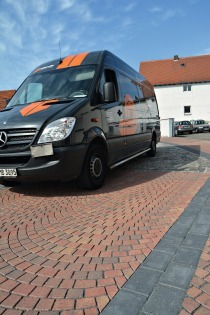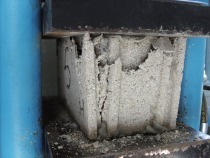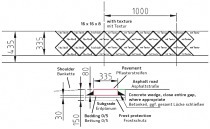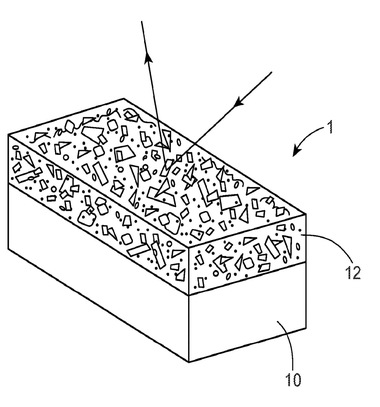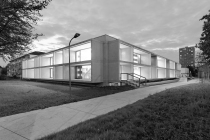RC aggregate in the concrete block industry – status quo and outlook
The use of recycled chips saves considerable quantities of natural raw materials. Use of recycled chips is therefore an ecologically valuable alternative for processing natural resources. This alternative, with a view to reducing harmful impacts, is the more effective the shorter the transport routes for RC materials.
The concrete products and reject batches that are sorted out in the course of quality control have long been processed into recycled chips and returned to the production process. In Germany, old, dismantled
concrete products such as paving blocks and sidewalk slabs are already now recycled by nearly 100 %. However, when it comes to taking back and/or retrieving these products for further processing in the concrete plant, there is clearly still much room for improvement.
This is unfortunately due, for example, to the fact that excessive quantities of crushed concrete, together with other end-of-life product
wastes as, for example, clay and limestone blocks, end up as RC materials in road substructures.
Although this represents an ecologically, technically and economically expedient use of RC aggregate from concrete rubble, their use as constituent material for precast concrete products would constitute a higher value-added means of utilization. From the point of view of the concrete block industry, it is therefore necessary to control and shift the material cycle in such a way that end-of-life-cycle concrete products are upcycled or processed such that aggregate once again arrives as raw materials in the concrete plants. A modern recycled concrete paving block currently consists for the most part of around 30 to 40 % of recycled chips. RC-shares of up to 70 % have already been realised in isolated cases. The amount added varies from manufacturer to manufacturer and from product to product. The technical quality of recycled concrete paving blocks is equivalent to the customary high standard of standardized concrete paving blocks.


